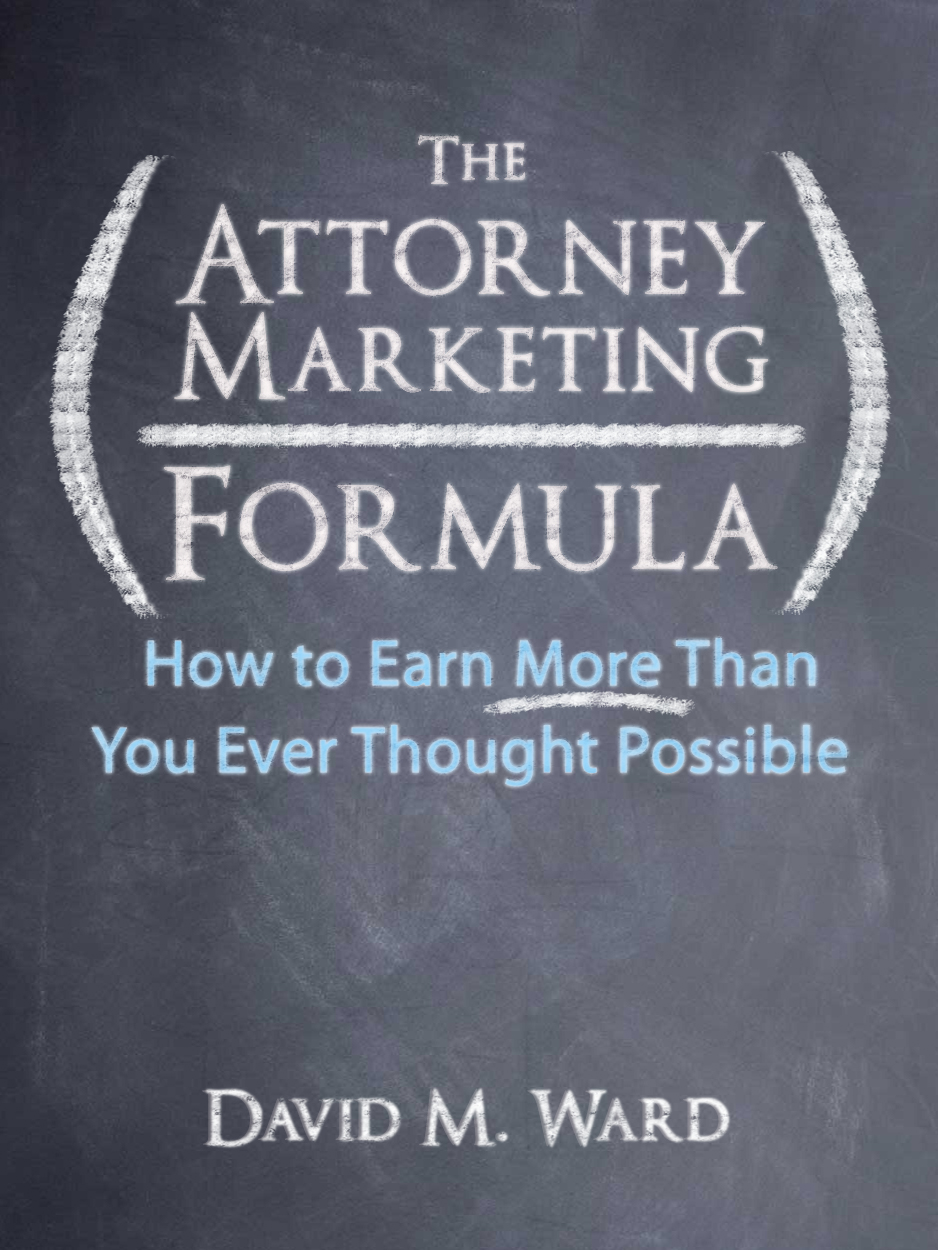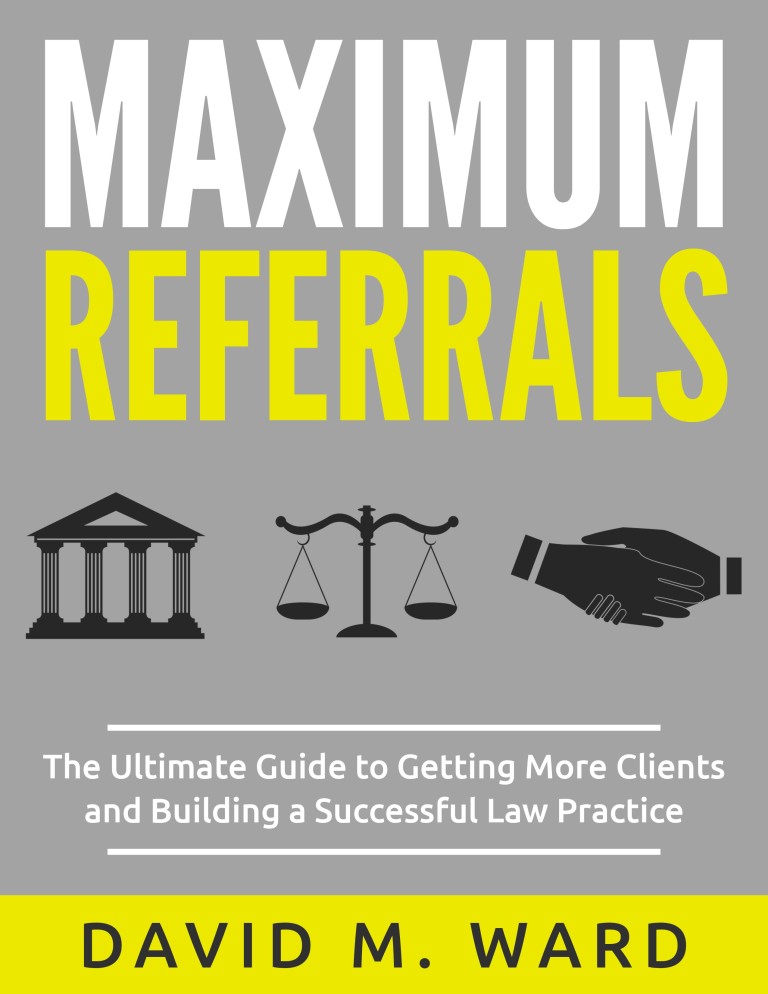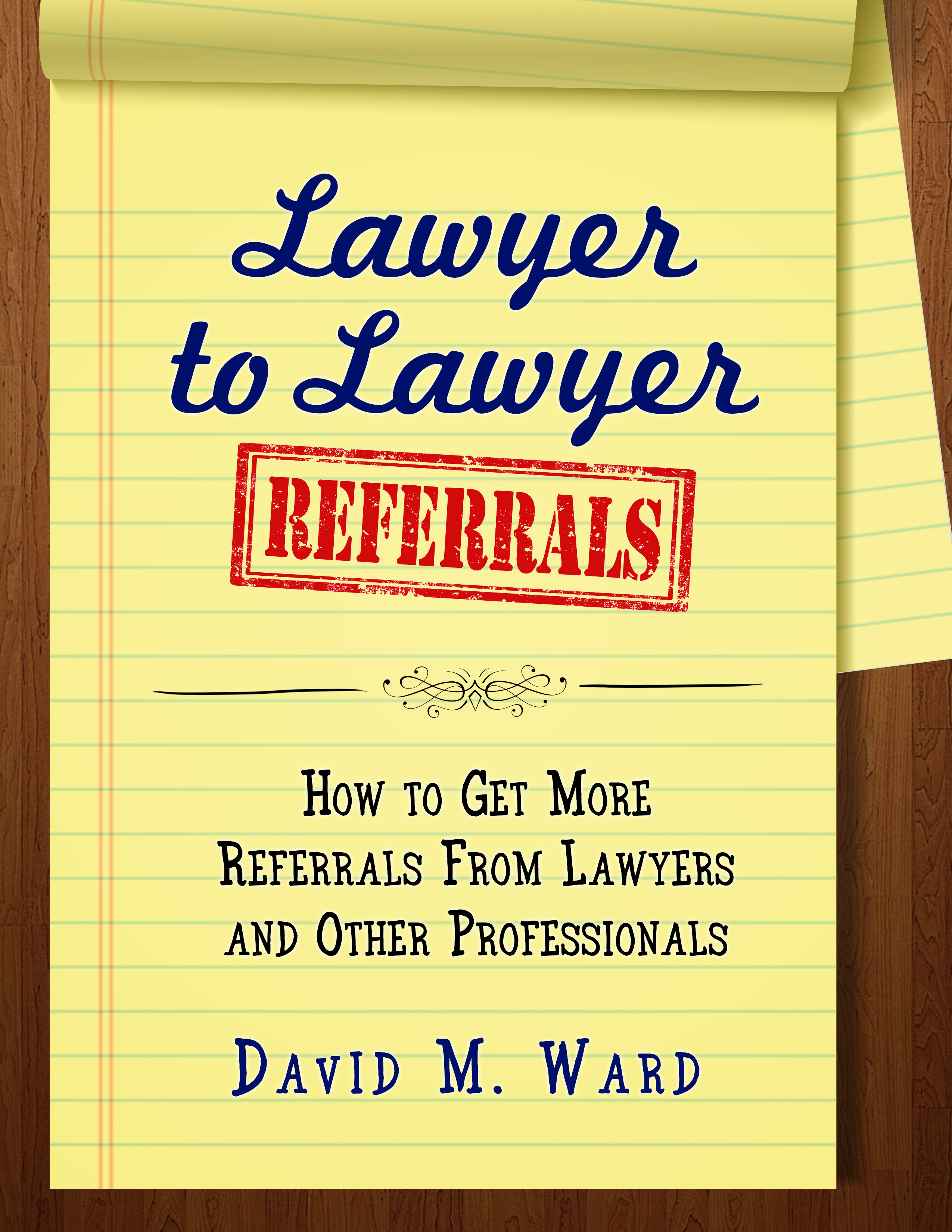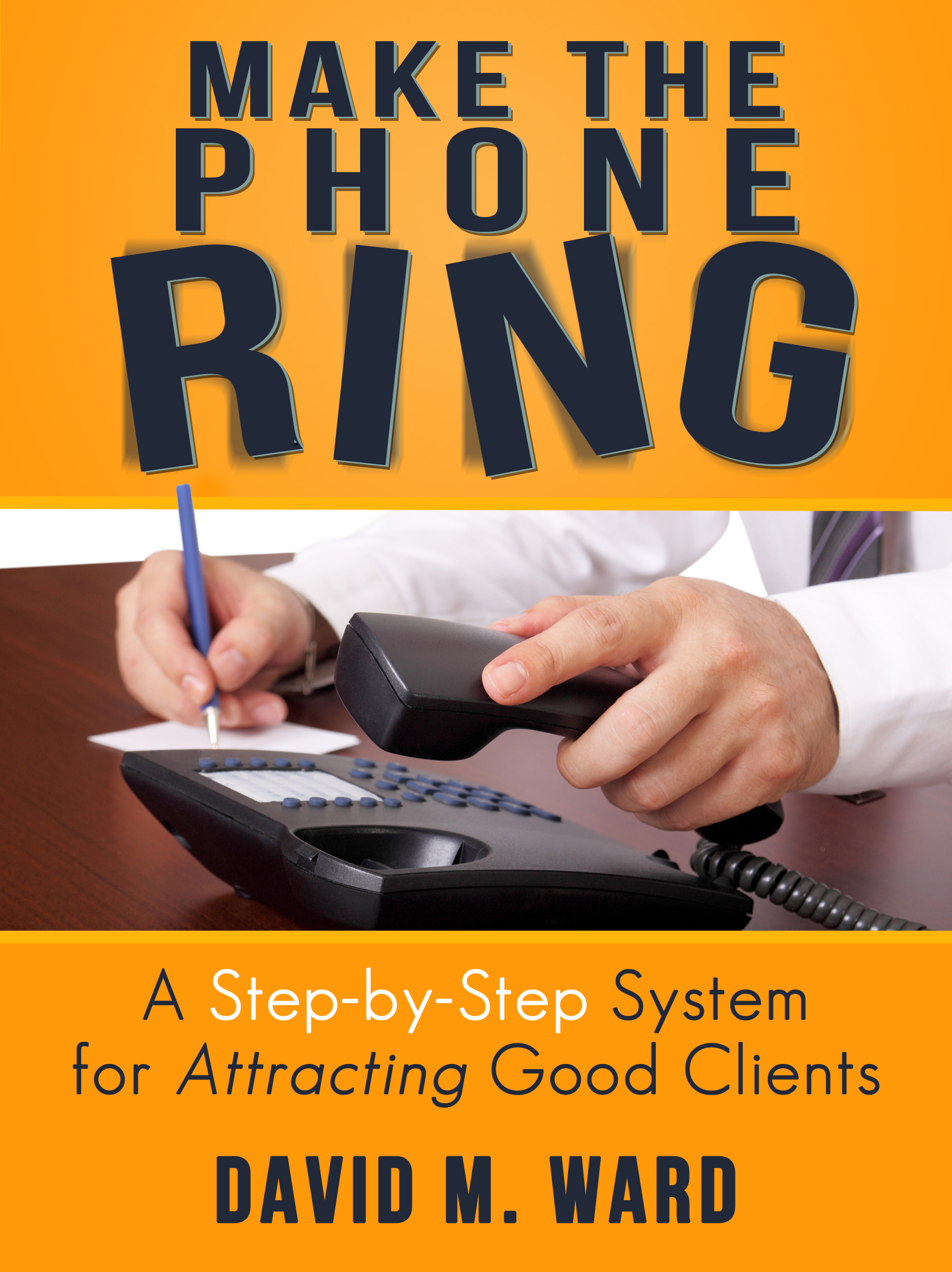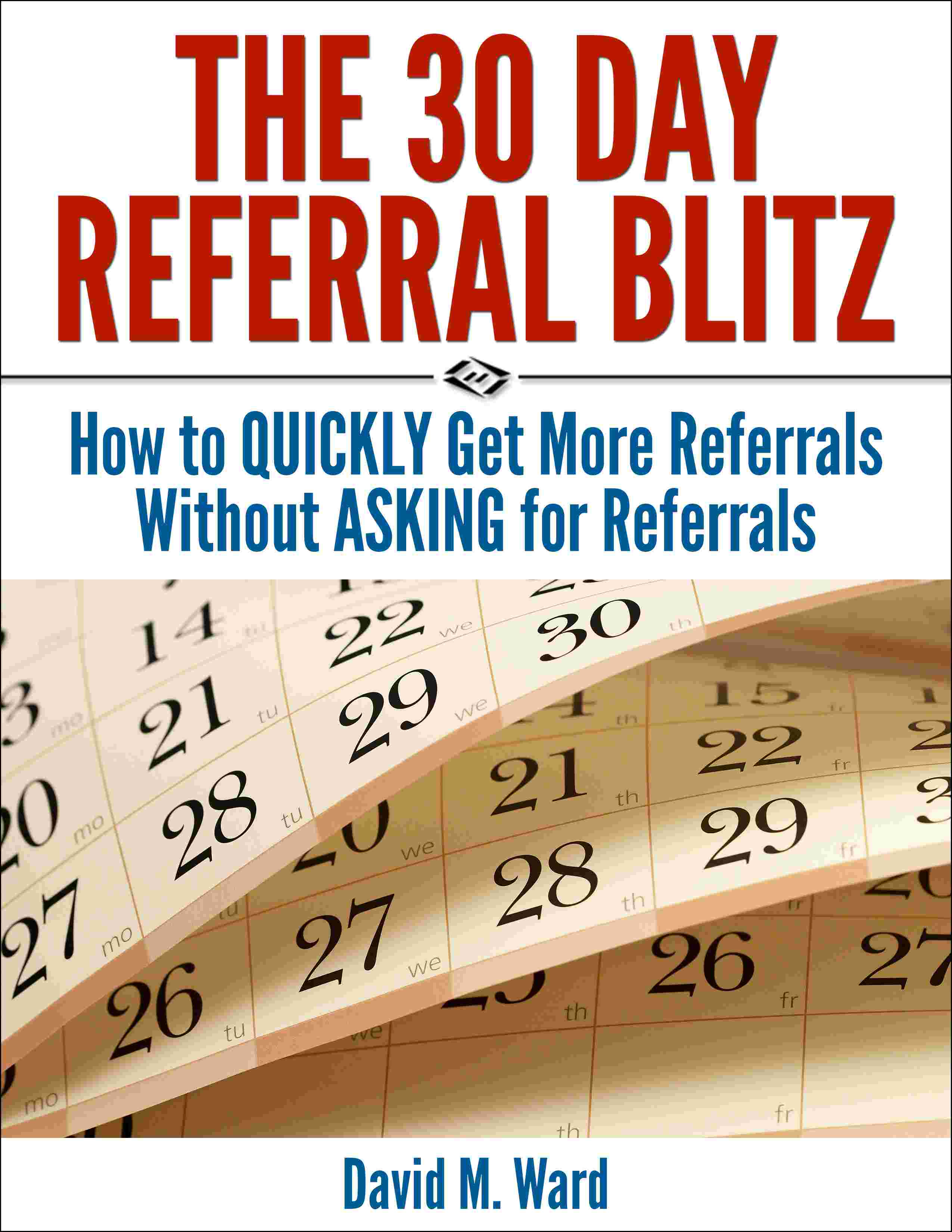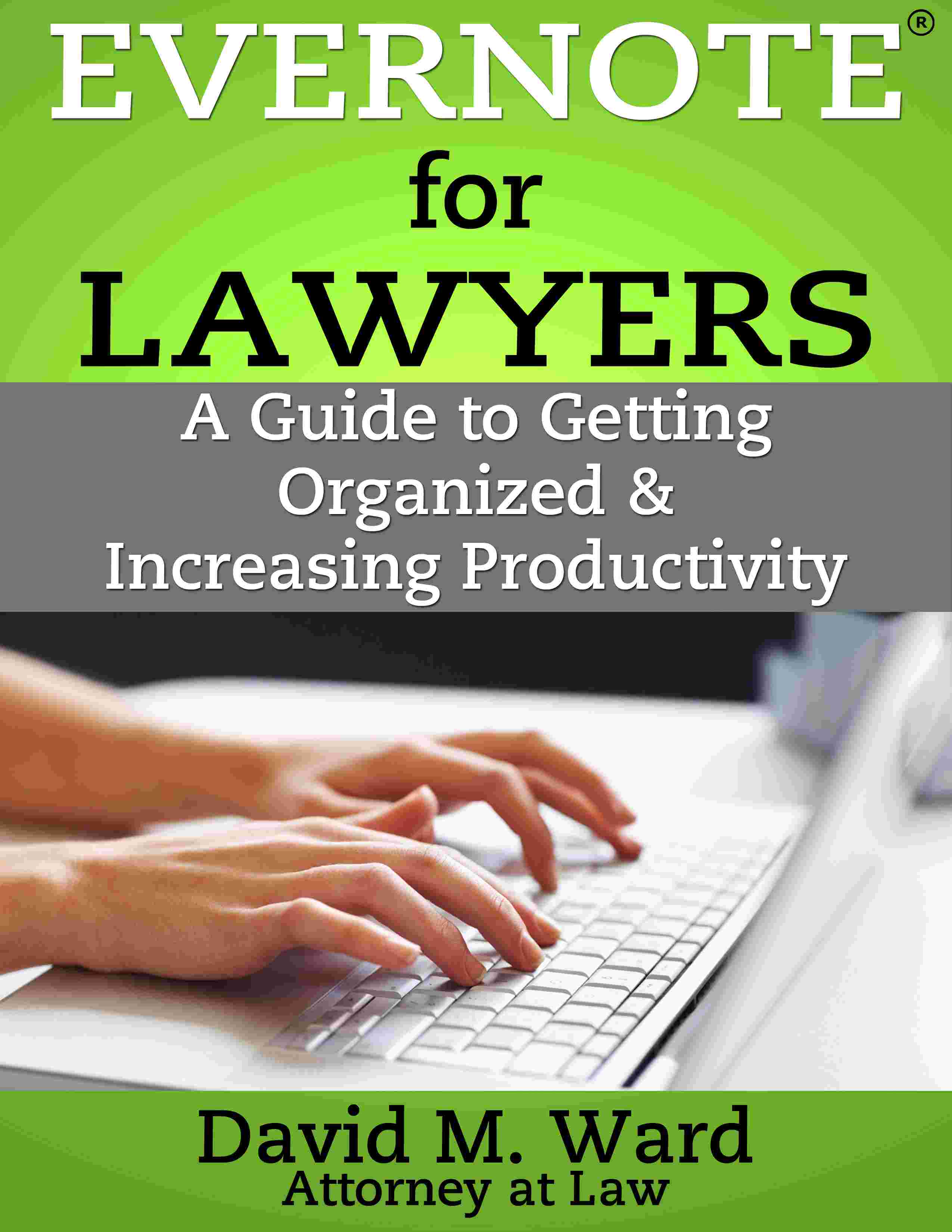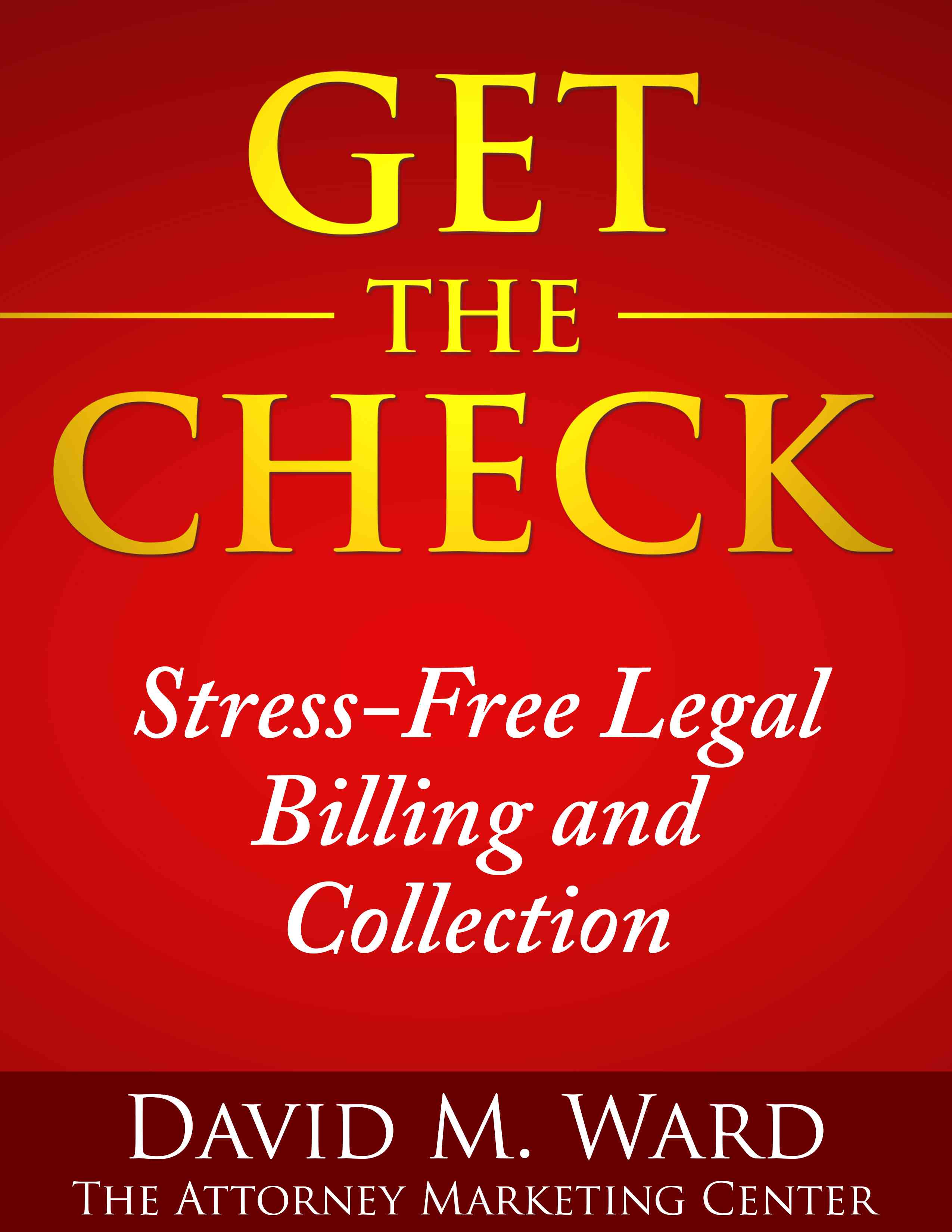Who says you have to charge all of your clients the same fee and/or the same terms?
You might offer
- Former clients an incentive to return (e.g., lower fee, additional service as a bonus, extended payment plan, a free review, a free update, etc.)
- First-time clients a special offer to try your firm
- Existing clients an incentive to hire you for other services or to hire you more often
- Longtime clients a lower rate or to “lock in” the existing rate for two years (by doing something)
- A lower rate to new clients who provide a bigger retainer
- Different packages, at different price points, to give clients incentives to “buy” more now instead of waiting
Are you getting any ideas?
Try it with a small segment of your client list. For example, you could send a letter to clients who haven’t hired you for ten years or more and make them a special offer. If you like the results, you could roll out the offer to other “old” clients.
Wait. Can you reward and incentivize lawyers and other professionals to provide more referrals? You betcha. You can learn all about it in Lawyer-to-Lawyer Referrals.

